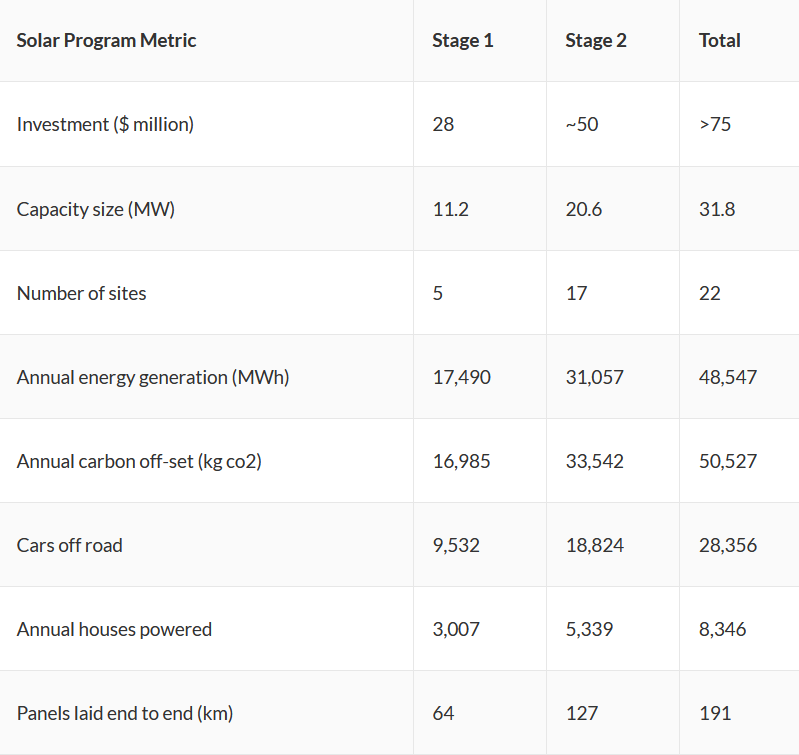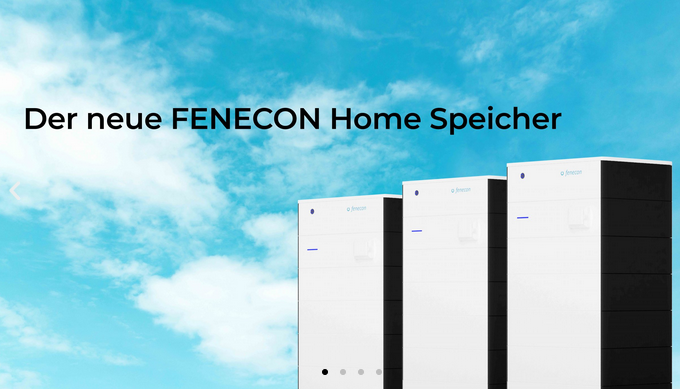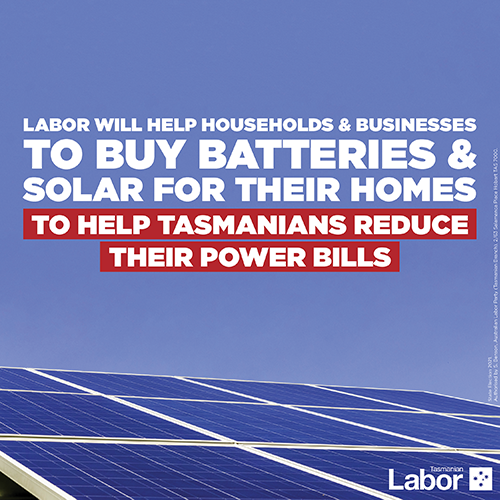The boffins at the Journal of Building Engineering have released a report showing that if Australia were to install solar panels on top of the 21 government owned and run airports in the country, we’d be able to produce 466 GWh p.a., or roughly 140,000 homes per year.
Airport solar in Australia
The website Popular Mechanics have published some more information about the study from the Journal of Building Engineering, with lead study author Athenee Teofilo painstakingly mapping each and every airport to identify 2.61km2 of usable rooftop space. And since the roofs are usually flat, they’ll receive even more solar power than domestic panels (where solar panels absorb less energy with a slanted roof).
According to the report, Perth airport represents the best energy generating potential, but any airport with a “decent solar system” would be self-sufficient and will also generate enough to feed energy back into the grid.
It’s not like some airports aren’t already giving this a red hot crack – back in 2017 the $11m 6MW Brisbane Airport Solar System was announced – in FY20 the panels generated a gigantic 9.72GWh of renewable energy. Interested in further detail? You can read a case study about the Brisbane Airport Solar System on bne.com.au by clicking here. They mention planning to add another 5MW by 2025, so it’d be nice to see the rest of Australia following suit.
A press release on EurekAlert! has some choice quotes from lead researcher and geospacial scientist at RMIT’s school of science, Dr Chayn Sun (I know!):
“We can’t rely on small residential solar panels to get us to a zero-emission economy but installing large panels at locations like airports would get us a lot closer,” she said.
“We hope our results will help guide energy policy, while informing future research in solar deployment for large buildings.
“There’s so much potential to facilitate national economic development while contributing towards greenhouse gas emission reduction targets.”
Sun also noted that her team’s research only mapped airports owned by the Australian federal government – not the >150 privately owned airfields which could also benefit from solar panel installation.
‘Investigating potential rooftop solar energy generated by Leased Federal Airports in Australia: Framework and implications’, with Athenee Teofilo, Dr Chayn Sun, Nenad Radosevic, Yaguang Tao, Jerome Iringan and Chengyang Liu, is published in the Journal of Building Engineering (DOI: 10.1016/j.jobe.2021.102390).




